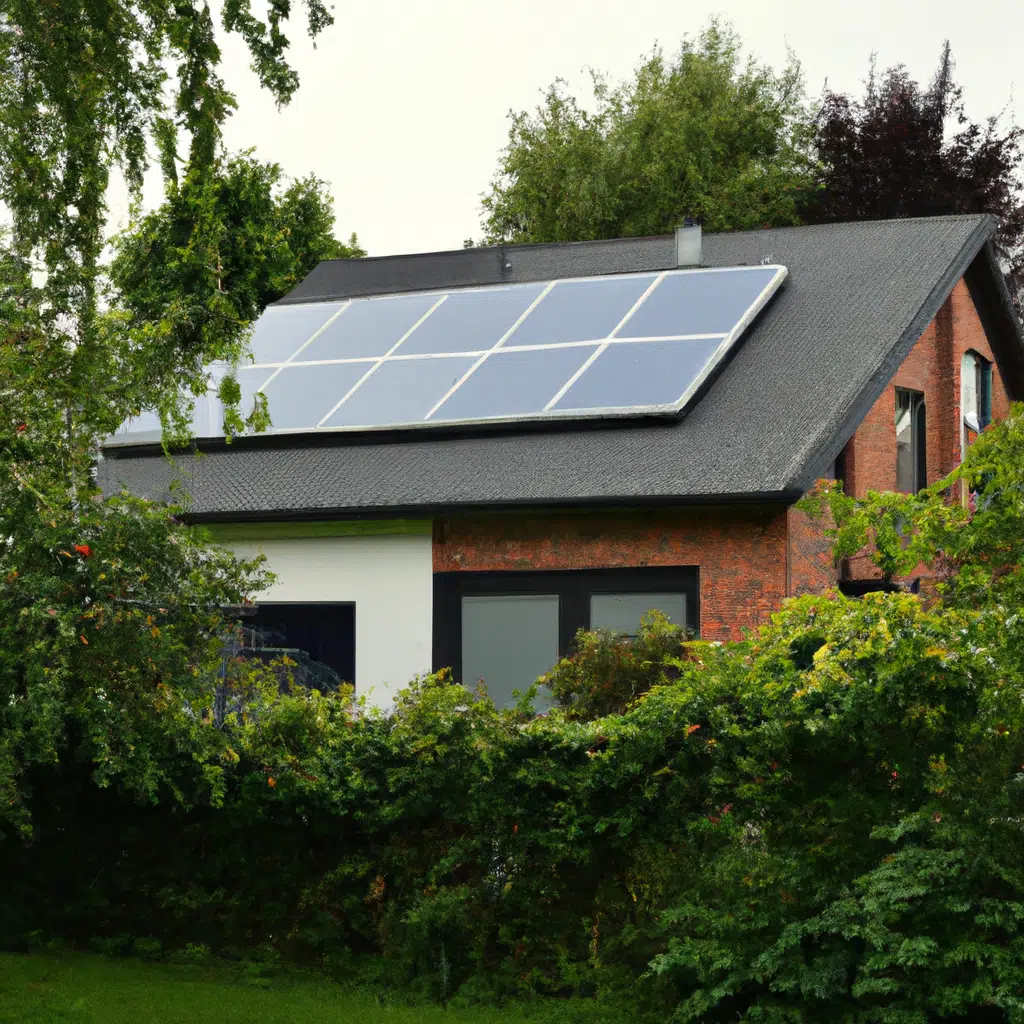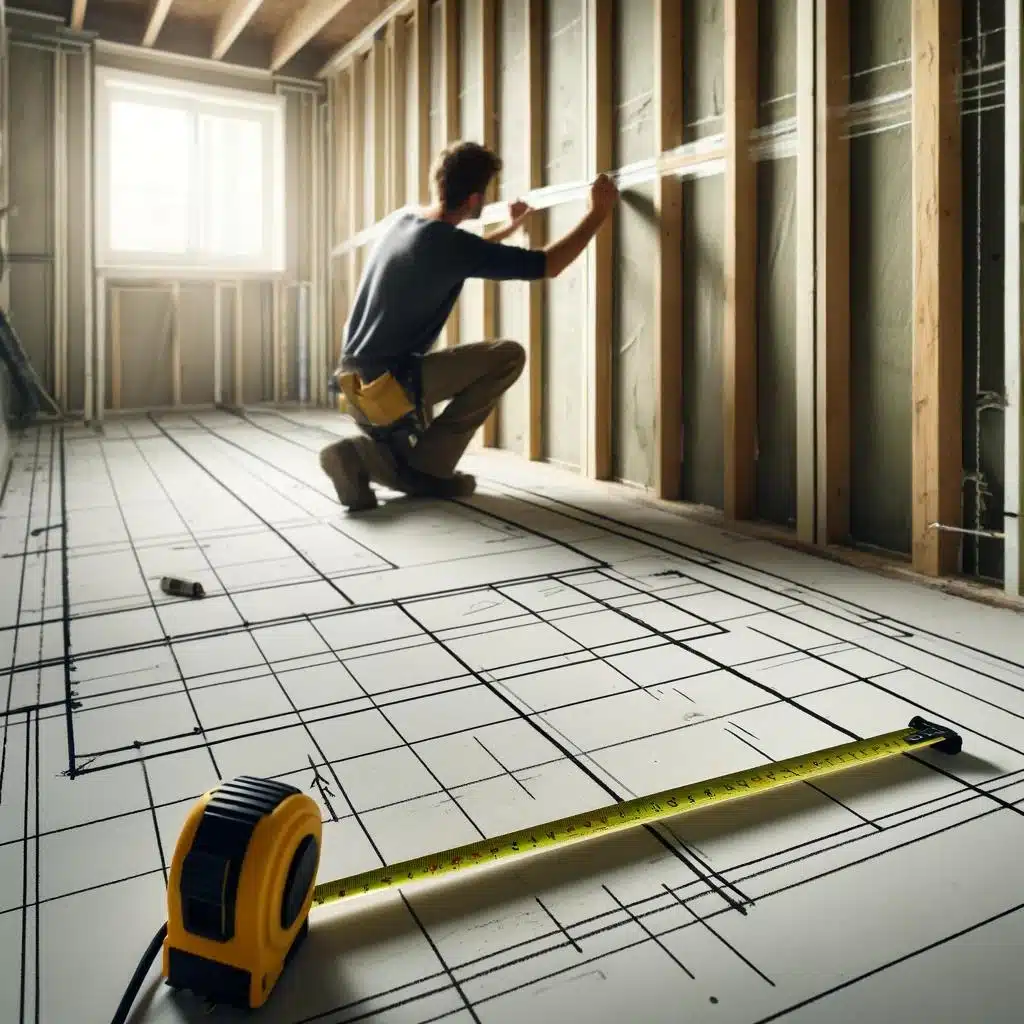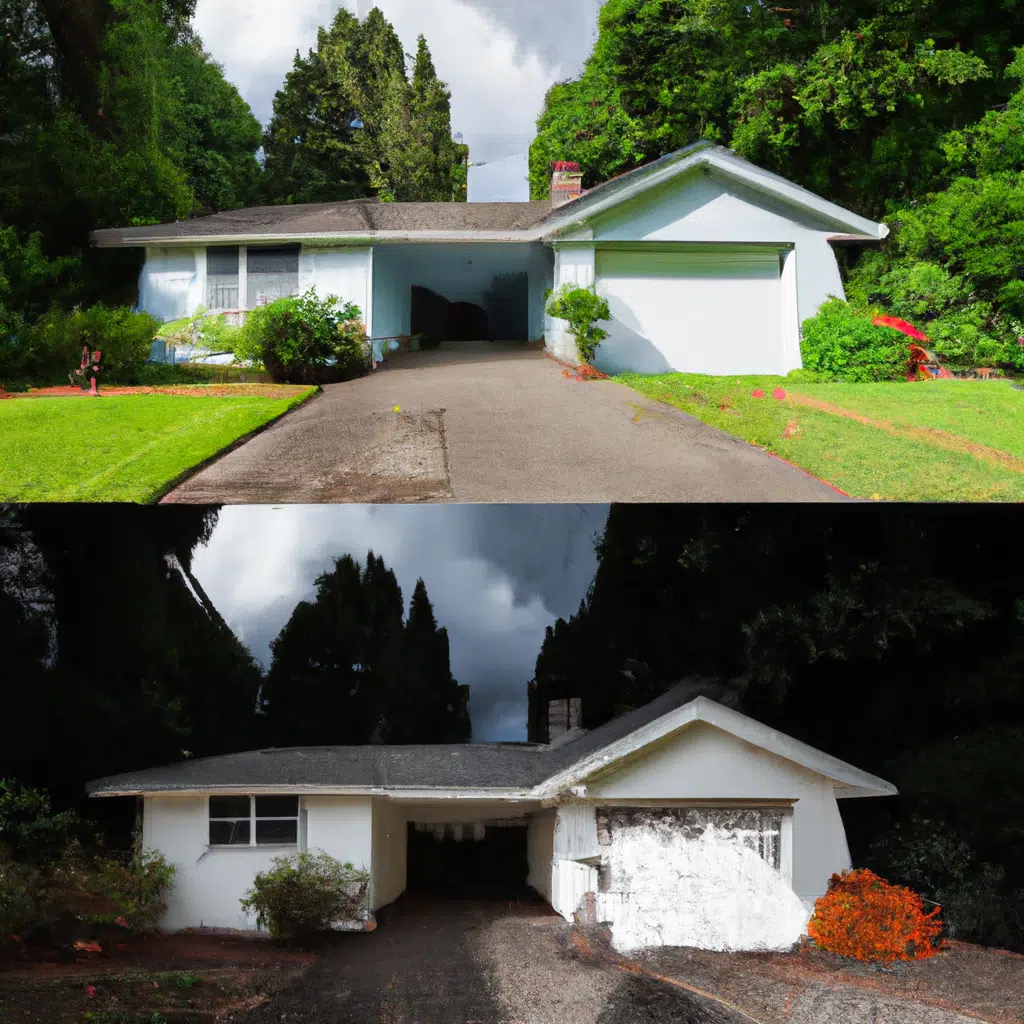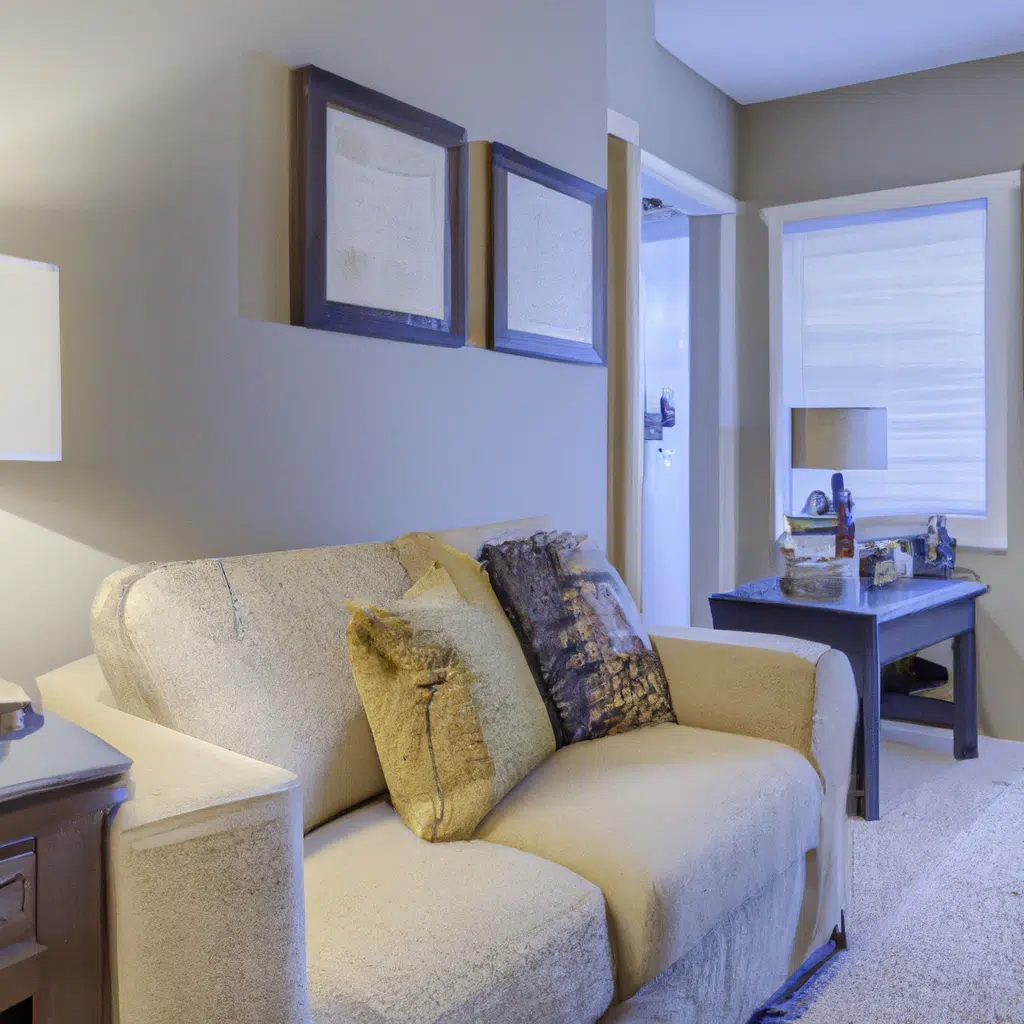
Building an energy-efficient home is a smart investment that not only helps reduce your carbon footprint but also saves you money in the long run. In this article, we will provide you with a comprehensive guide on how to build a home that is energy-efficient and saves you money.
Understanding Energy Efficiency
Energy efficiency is the practice of utilizing less energy to perform the same task. It’s all about maximizing the use of energy by reducing waste and improving efficiency. When building an energy-efficient home, it’s important to understand how energy is used in your home. Some of the common areas where energy is used include heating and cooling, lighting, and appliances.
Designing an Energy-Efficient Home
When designing an energy-efficient home, there are several factors to consider. These include the orientation of the house, insulation, windows and doors, and ventilation.
House Orientation
The orientation of your home is important in determining how much sunlight and shade it receives. In the northern hemisphere, a south-facing home will receive more sunlight and warmth during the winter months, while a north-facing home will receive more shade and coolness. This can be achieved by designing the house with larger windows on the southern side while minimizing windows on the northern side.
Insulation
Insulation is a critical component of an energy-efficient home. Proper insulation helps reduce heat loss during the winter and heat gain during the summer. The type of insulation used should depend on the climate in your region. For example, homes in colder climates may require more insulation compared to homes in warmer climates.
Windows and Doors
Windows and doors are responsible for a significant amount of heat loss and gain in a home. Choosing energy-efficient windows and doors can help reduce energy costs significantly. Look for windows and doors with low U-factor and high solar heat gain coefficient (SHGC).
Ventilation
Proper ventilation is essential in an energy-efficient home. It helps remove stale air and moisture, leading to a healthier indoor environment. A well-ventilated home also reduces the need for artificial cooling and heating. Consider installing a heat recovery ventilation (HRV) system that helps recover heat from the outgoing air.
Choosing Energy-Efficient Appliances
When building an energy-efficient home, it’s important to choose energy-efficient appliances. Look for appliances with the ENERGY STAR label, as they are designed to use less energy compared to their non-energy-efficient counterparts.
Using Renewable Energy
Renewable energy sources such as solar and wind power are an excellent way to reduce your carbon footprint and save money on energy costs. Installing solar panels and a wind turbine can help generate clean energy for your home.
Conclusion
Building an energy-efficient home is a smart investment that not only helps reduce your carbon footprint but also saves you money in the long run. By incorporating energy-efficient design, insulation, windows and doors, ventilation, choosing energy-efficient appliances, and using renewable energy, you can build a home that is not only energy-efficient but also comfortable to live in. So, start your journey towards an energy-efficient home today!



